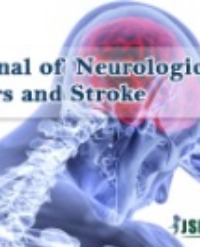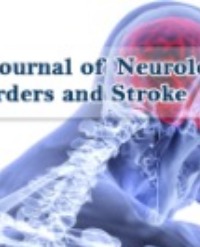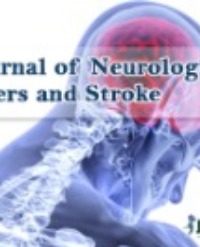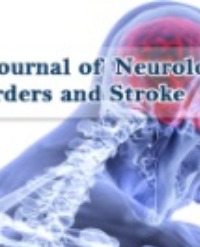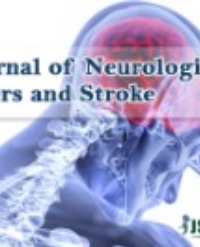
CPAP Treatment Promotes the Closure of a Patent Foramen Ovale in Subjects with Obstructive Sleep Apnea Syndrome
Study Objectives: Patent Foramen Ovale (PFO) is an independent risk factor for ischemic stroke by means of paradoxical embolization, due to Right-to-Left Shunt (RLSh). The higher prevalence of PFO found in OSAS respect to the general population could be due to the chronic effect of the intra thoracic pressure changes during periods of obstructive sleep apnea. This study aimed to re-evaluate the magnitude of RLSh in subjects With Obstructive Sleep Apnea Syndrome (OSAS) and diagnosed PFO after a long period of CPAP treatment.
Design and Setting: Assessment of PFO and concomitant OSAS. Application of CPAP treatment with control of compliance. Re-evaluation of RLSh through the assessed PFO at follow-up (after 41 ± 6 months) by means of Transcranial Doppler with contrast medium injected in antecubital vein. Participants: Eighteen OSAS subjects affected by PFO (mean age 56 ± 11 years). Interventions: They underwent Transcranial Doppler, with injection of agitated saline solution mixed with air during normal breathing and Valsalva maneuver.
Measurements and Results: CPAP treatment has chronically applied by 15 of 18 subjects (83%). RLSh magnitude did not change in the 3 subjects, who had not applied the CPAP treatment. In 4 of the 15 subjects, who used the CPAP treatment, no RLSh could be recorded (PFO closure). The difference between CPAP-user and CPAP–non-users was significant (p<0.01). In the other 11 of this subgroup RLSh magnitude was reduced respect to baseline recording. Multiple regression analysis modelling, magnitude of RLSh correlated mainly to the weekly CPAP use (days/week) negatively and the condition of atrial fibrillation positively.
Conclusion: In the nocturnal sleep period RLSh can occur during single obstructive apneas in subjects with OSAS and concomitant presence of PFO. This can be a risk factor for cerebrovascular diseases. This risk could probably increase proportionally to the respiratory disturbance index Compliance to CPAP treatment is able to reduce RLSh magnitude.
Manolo E Beelke

